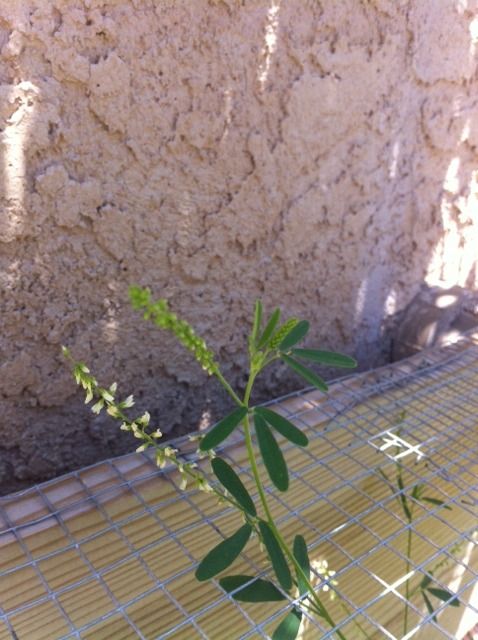Please let me know what these are-I have a ton of them and need to know if I need to pull them out of Nodder's enclosure.
Thanks!


Last 2 are the same weed.


Thanks!


Last 2 are the same weed.






GeoTerraTestudo said:Yeah, the first two are prostrate and spotted spurge, respectively (both in the genus Euphorbia). My Russian tortoises like to eat them, especially my female. Given that they have a milky sap (latex), they probably are high in oxalic acid. But as long as your tortoise has a varied diet, it's not a problem.
I don't know what the other plant is. But even if it's toxic, I wouldn't worry about removing it. Tortoises don't try to eat every plant they find. They have good nutritional wisdom, and generally know what is good to eat and what isn't. Palatable plants get eaten, and unpalatable ones fade into the background.
Cee83 said:So a tort on a good diet it's ok to eat prostrate milky sap ? ? ?
That's good to know thanks buddy,my 5month old sully chows down on them plus the extra I give him !GeoTerraTestudo said:Cee83 said:So a tort on a good diet it's ok to eat prostrate milky sap ? ? ?
Yep. A lot of wild plants contain latex, including dandelion, prickly lettuce, and poppies, all of which are on the menu for wild Testudo tortoises. Prostrate and spotted spurges are native to North America, so Testudo species would not have coevolved with them in the Old World. Nevertheless, they appear to be similar enough to plants that are suitable for Mediterranean tortoises, to make them both palatable and safe for them to eat.
Yes, the oxalic acid in them would be a problem if that's all a tortoise had access to. However, as long the tortoise has a varied diet, I think these plants are fine. Like I said, my tortoises certainly seem to like them, and I have yet to see them eat anything that makes them ill.
lisalove said:Thanks to all. I sent an email with pics to Tortoise Table Org and this is what was said...
The plant that has the green leaves and is creeping along the ground is Prostrate Spurge and the one that looks similar with the red ovals on the green leaves is Spotted Spurge. Both are from the Euphorbia family where it is thought that most, if not all contain a toxin that is known to be carcinogenic. All of the Euphorbia/Spurge entrys on our website has the red traffic light so I wouldnt offer either of these to your sulcatas.
I still go with the other one being the
Melilotus albus to which is not good to feed noted by the red light as well.
Edna said:3 & 4 are melilotus. Its common name is yellow sweetclover. It is grown as hay and is a major nectar source for honeybees. It has toxic properties when it becomes moldy, so if you compost it don't let your animals eat the compost.